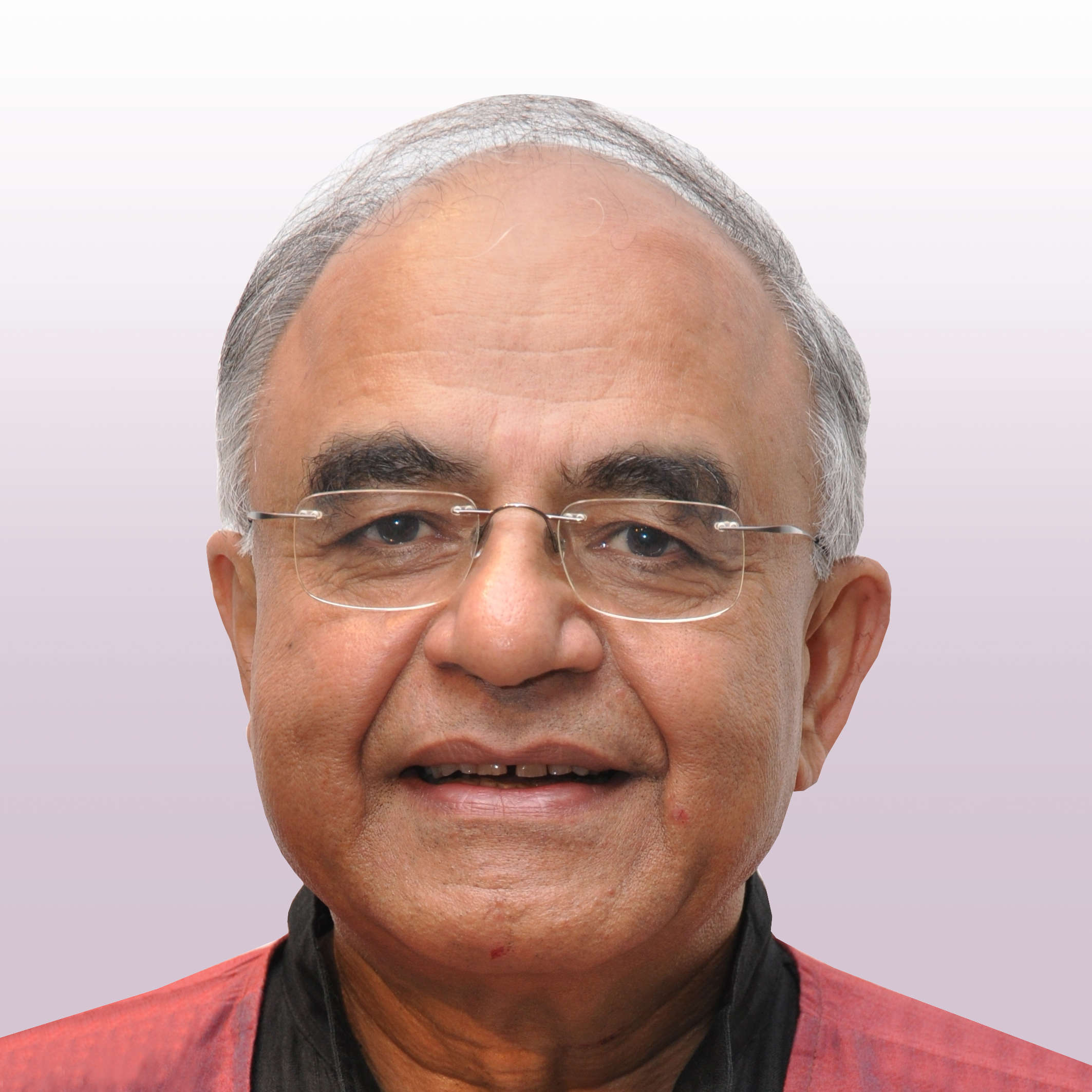prasad1
Active member
Who after all, are we Indians? What are our origins? What should be a straightforward matter of factual evidence has grown into a contentious debate in recent years.
So far, theories about how Indians were formed were based on linguistic analysis and archaeology. Based on the similarity of European and Indian languages, colonial Indologists (and Nazis) propagated the Aryan invasion theory in which blue-eyed fair people swept into the Indian subcontinent on horses, conquering everyone along the way. The Hindu Right has retorted, claiming that Indo-European languages originated in India and spread westwards. There are also theories about the Indus Valley people: were they connected to the Dravidians who were pushed south by the Aryans or were they Aryans who moved southwards?
Startling answers have come in the last decade, the latest from last year’s study co-authored by 92 scientists from around the world, coordinated by David Reich, who runs a lab at Harvard that analyses ancient DNA. It has changed the way historians think about our early history. There is tremendous excitement, not unlike the exhilaration in the 1920s and 1930s when archaeologists discovered Harappa, Mohenjo-daro and the Indus Valley Civilisation. Tony Joseph, a journalist, has just written a remarkable book, Early Indians, narrating this story. Its conclusion is that we are all migrants and we are all mixed.
Many of us believe that we have always lived on the subcontinent from the beginning of time. This is not true. The new science of population genetics, which uses ancient DNA from skeletons thousands of years old, has made dramatic breakthroughs and we Indians can now trace our ancestry back to around 65,000 years ago when a band of modern humans, or homo sapiens, first made their way from Africa into the subcontinent.
They crossed from Africa to Asia and walked along the coast of southern Asia and all the way to Australia, while another group went towards central Asia and Europe. The genetic ancestry of these First Indians constitutes 50-65% of our DNA today. Thus, ‘pure Indians’ never really existed. All human beings are descended from Africa.

 timesofindia.indiatimes.com
timesofindia.indiatimes.com
So far, theories about how Indians were formed were based on linguistic analysis and archaeology. Based on the similarity of European and Indian languages, colonial Indologists (and Nazis) propagated the Aryan invasion theory in which blue-eyed fair people swept into the Indian subcontinent on horses, conquering everyone along the way. The Hindu Right has retorted, claiming that Indo-European languages originated in India and spread westwards. There are also theories about the Indus Valley people: were they connected to the Dravidians who were pushed south by the Aryans or were they Aryans who moved southwards?
Startling answers have come in the last decade, the latest from last year’s study co-authored by 92 scientists from around the world, coordinated by David Reich, who runs a lab at Harvard that analyses ancient DNA. It has changed the way historians think about our early history. There is tremendous excitement, not unlike the exhilaration in the 1920s and 1930s when archaeologists discovered Harappa, Mohenjo-daro and the Indus Valley Civilisation. Tony Joseph, a journalist, has just written a remarkable book, Early Indians, narrating this story. Its conclusion is that we are all migrants and we are all mixed.
Many of us believe that we have always lived on the subcontinent from the beginning of time. This is not true. The new science of population genetics, which uses ancient DNA from skeletons thousands of years old, has made dramatic breakthroughs and we Indians can now trace our ancestry back to around 65,000 years ago when a band of modern humans, or homo sapiens, first made their way from Africa into the subcontinent.
They crossed from Africa to Asia and walked along the coast of southern Asia and all the way to Australia, while another group went towards central Asia and Europe. The genetic ancestry of these First Indians constitutes 50-65% of our DNA today. Thus, ‘pure Indians’ never really existed. All human beings are descended from Africa.

Who are we Indians? Genetics is bringing bad news for the politics of identity: We are all migrants
Many pundits predict that the approaching 2019 election is likely to focus on identity politics primarily because of economic discontent, making BJP turn to identity and other non-economic issues. Before we are engulfed in election...

